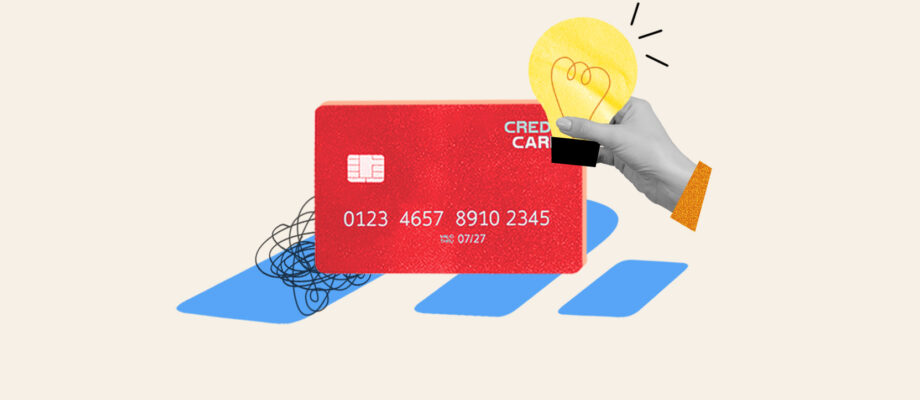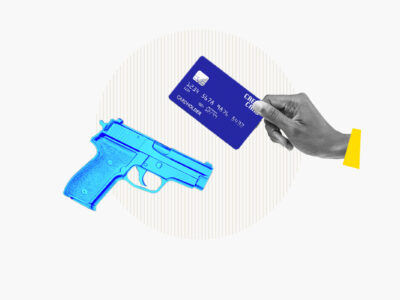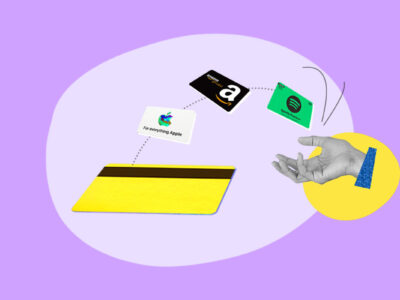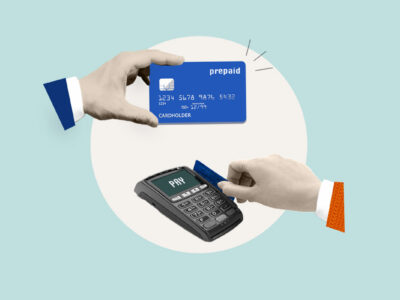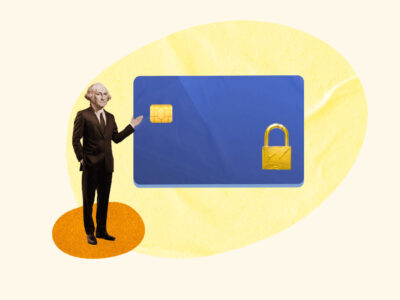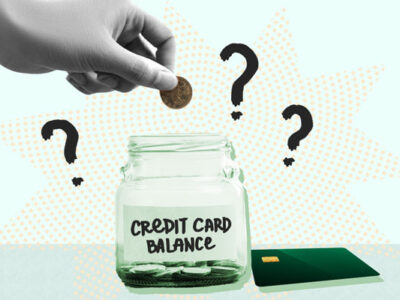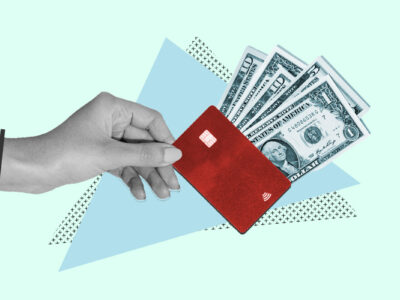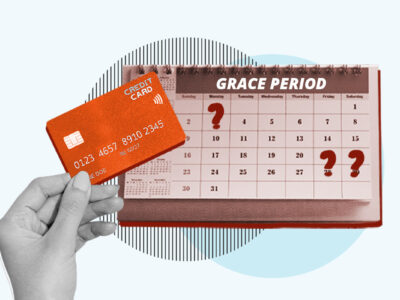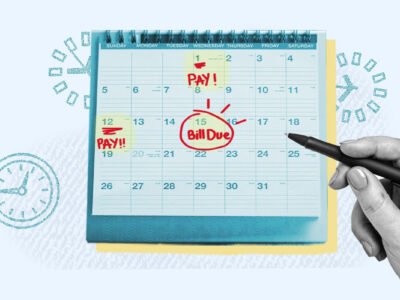Credit cards are some of the most popular financial tools in the world, and yet many people don’t understand exactly how they work or how to use them to their full potential. Learn how to use your credit card wisely and take advantage of its credit-building power.
Table of Contents
What can you use a credit card for?
Essentially, a credit card is a tool that lets you take out short-term loans. Credit cards work by allowing you to buy things or pay for services that you otherwise would have paid for in cash. You pay back the money that you spent over the course of your credit card’s billing cycle, which generally lasts about a month.
If you don’t pay your credit card debt in full each month, your card will accrue additional charges, known as “interest,” which will add to the overall amount you’ll have to pay.
Each month, you’re required to pay at least a certain amount, known as the minimum monthly payment. If you don’t pay this, you’ll get hit with fees and other penalties.
When can you use a credit card?
You can use your credit card:
- At stores: To charge purchases to your credit card at a store, you’ll have to use a credit card reader machine. The designs of these machines vary, but you’ll likely need to swipe the card down the right side of the machine, insert the card into a slot on the bottom, or tap your card against the machine.
- Online: Buying something online with your credit card isn’t quite as easy as swiping it at checkout. You’ll need to enter your name, billing address, credit card number, expiration date, and CVV number (a security code that’s printed on the back of your card). You can find these numbers on the front, back, or both sides of your physical credit card.
- At an ATM: If your card issuer allows it, you can use your credit card to withdraw money at an ATM through a cash advance. This requires you to enter your credit card’s PIN. You might have set up a PIN when you activated your card or been given one with your offer letter. If not, you’ll need to request one from your card issuer.
- To pay bills: To pay your regular bills (e.g., utilities, phone service bills, etc) with your credit card, you’ll have to provide the same information that you would when making an online purchase with your card. Contact your service provider if you’re not sure where to enter this information.
How to use a credit card safely
Credit cards have the power to either improve or hurt your financial situation, depending on how you use them.
Here’s how to use your credit card wisely so that you don’t get buried in fees, interest, or fine print.
Know your credit card’s rates, fees, and terms
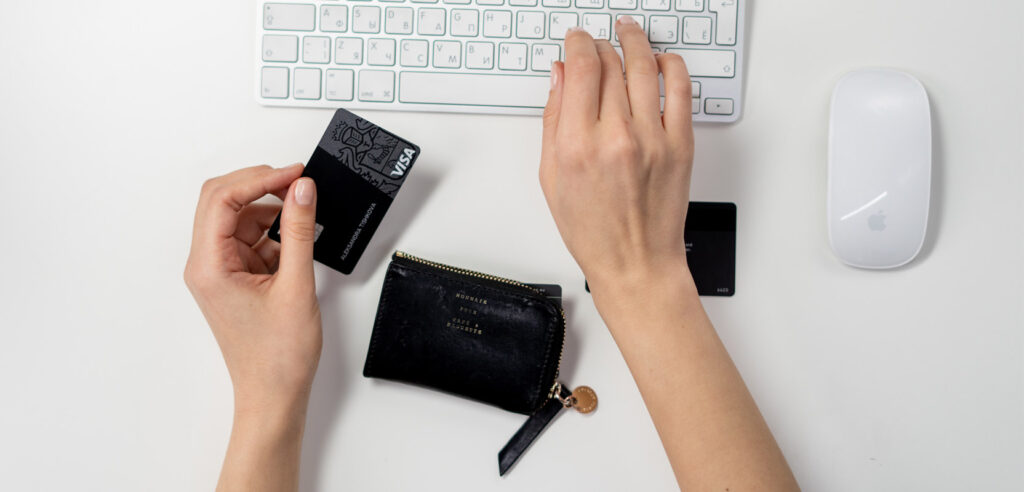
Credit cards come in many forms, with different borrowing terms, rates, fees, and abilities. To use your credit card effectively, you need to know and understand these features.
The key credit card features you need to understand are:
- Your credit card’s APR (aka its interest rate)
- Fees (including annual, monthly, late, returned payment, and foreign transaction fees)
- Cash advances (whether they’re allowed, what the associated fees are, and your cash advance APR)
- Balance transfers (whether they’re allowed, the associated fees, and the APR)
- Authorized users (whether they’re allowed, the potential fees, and the rules)
- Rewards (how they’re earned, any limitations on them, and how you can redeem them)
- Grace period (a period of time in which purchases won’t be charged interest)
To find this information and more, check your card’s rates and fees page, also referred to as its Schumer box. You’ll probably be able to find this on the issuer’s website.
If you’re having trouble locating the Schumer box, check the Consumer Finance credit card agreement database and look for your card or simply call your card issuer and ask.
Understand your credit card statement
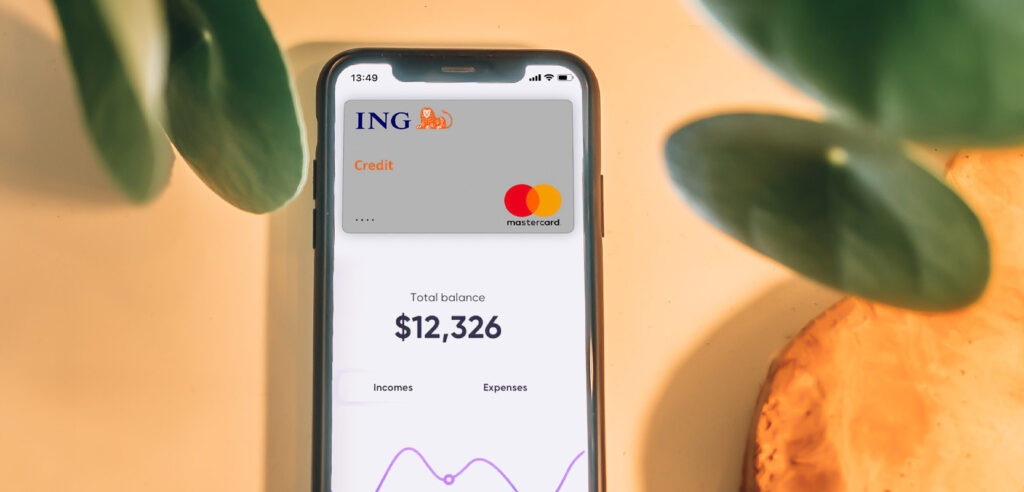
Many people struggle to understand how a credit card statement works, but it’s very important to do so. Not knowing how much you owe or how much you can spend can lead to big mistakes.
Here are the main parts of your credit card statement you need to be aware of:
- Credit limit: Your credit limit is the total amount of credit you have on your credit card when it doesn’t have an outstanding balance. In other words, it’s how much money you can spend on your card at one time.
- Current balance: When you check your balance (e.g., in your issuer’s online portal), this is the amount that you currently owe.
- Available credit: This is how much you can spend right now on your credit card.
- Statement balance: This is what you owe at the end of a particular billing cycle. To pay your card in full, you’ll have to pay off your statement balance by the due date.
- Minimum monthly payment: You need to pay at least this portion of your statement balance by the due date or you’ll be charged late fees. You’ll also potentially get hit with a penalty APR and suffer damage to your credit score.
Pay your bills on time
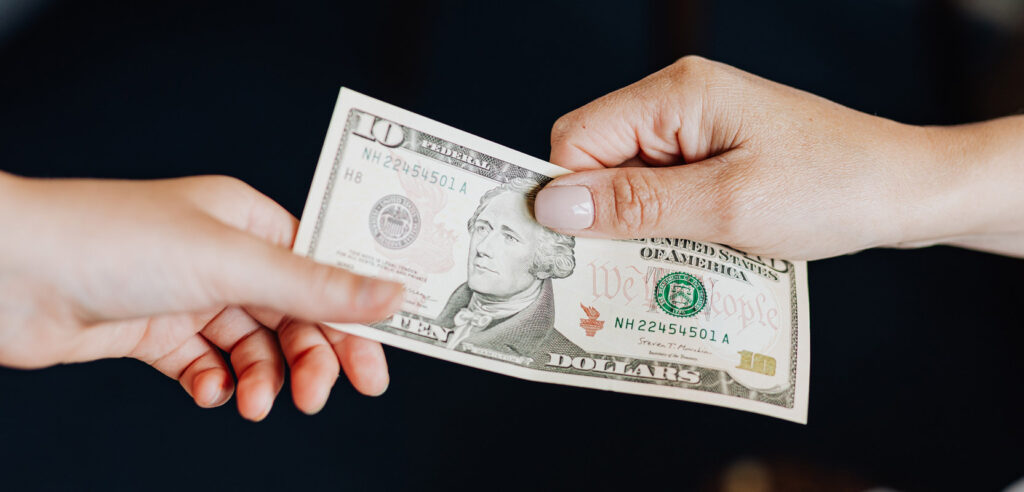
The most important part of using a credit card wisely is paying your bills on time, as your payment history is the number one metric that’s used to determine your credit score.
Furthermore, missing payments or defaulting on your credit card can damage your finances and even lead to legal action. If you go for long enough without paying, your credit card company may transfer your debt to a debt collection agency, who might sue you to collect the money that you owe.
Learn how to pay credit card bills the smart way by prioritizing your payments based on these factors:
- Minimum monthly payment: Always pay your minimum monthly payment by the due date. Failing to do this will incur penalties from your card issuer.
- Statement balance: If you can afford to pay more than your minimum amount owed, pay off your statement balance. If you pay your statement balance by the due date, you won’t be charged any interest on that billing cycle.
- Current balance: If you still have a (non-zero) current balance remaining after you pay off your statement balance, that means you owe money in the current billing cycle that hasn’t closed yet. Pay this off next if you have money to spare.
How to use a credit card to build credit
If you use your credit card responsibly (as described above), it will help you establish your borrowing history. But if raising your credit score is a particular priority, you should explore these special strategies for building credit.
Get a secured credit card
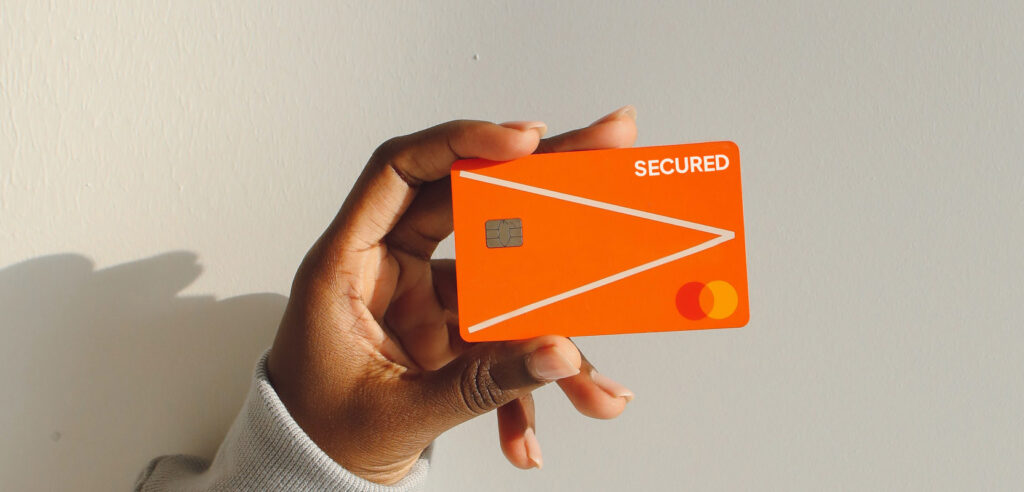
If you have no credit or a bad credit score and are looking to improve your credit, you may find it difficult to qualify for a credit card. Fortunately, there are plenty of credit cards for bad credit and credit cards for no credit. They’re often secured credit cards.
You use a secured credit card the same as you would a regular credit card: by charging purchases to it and then paying them off later. The major differences between secured and unsecured cards are:
- Secured credit cards require a security deposit to be paid upfront when you open the card.
- Secured credit cards usually have a lower credit limit, which is usually the same amount as the deposit you put down.
As secured cards are geared towards borrowers with less-than-perfect credit, their credit card issuers usually report to the credit bureaus, which helps build your credit.
Additionally, if you use a secured credit card responsibly, you’ll likely be given the chance to upgrade to an unsecured card. By that point, you’ll also probably have built enough credit to qualify for better credit card offers.
Plan your charges strategically
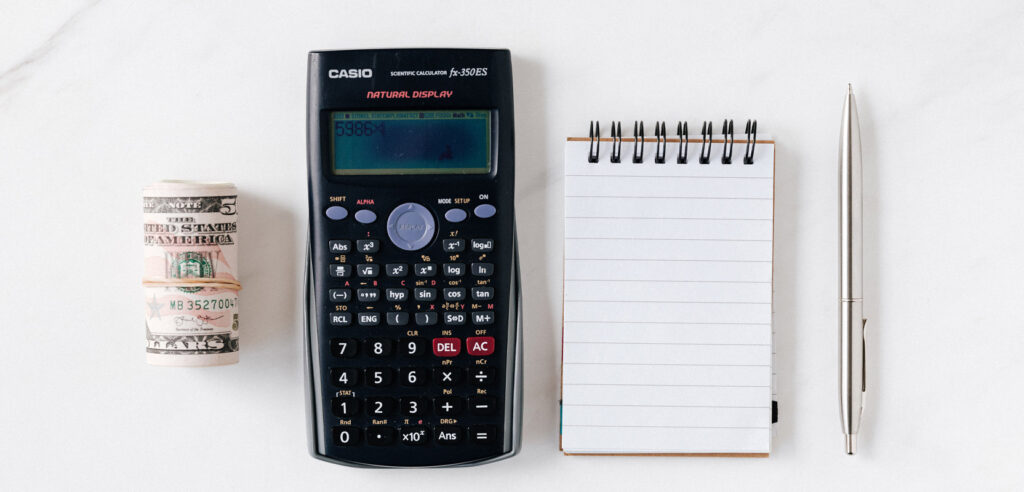
Building credit requires you to actually use your credit card. However, overspending on your card and not being able to make your minimum monthly payment will damage your credit score.
The best way to use a credit card to build credit is to make charges to it strategically. Think about a typical monthly expense you have, then commit to making that purchase with your card. For example, you could put all your monthly subscriptions (such as Netflix, etc) on your credit card, since you’re already paying them and know they’re within your budget.
If you have a rewards card, make sure the category you spend in will earn you credit card points.
Pay at the right time
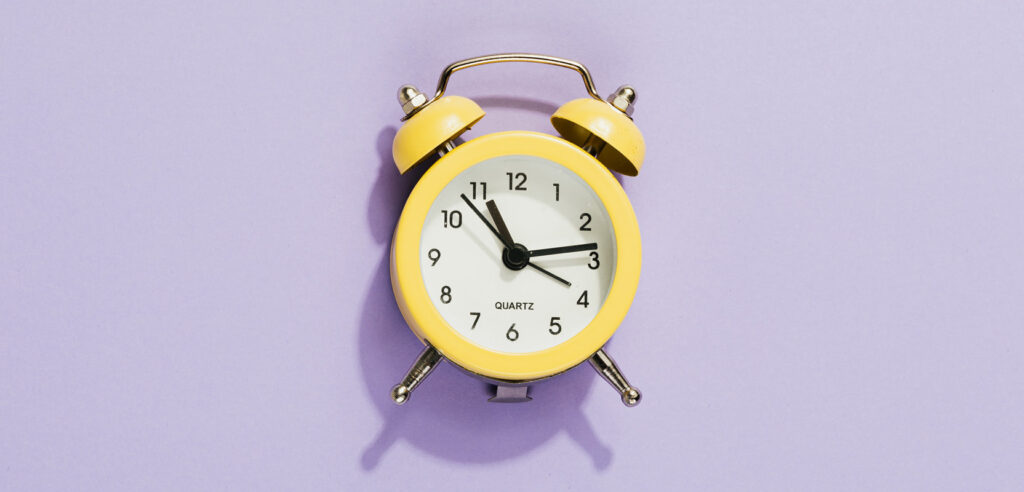
If you’re ready to take it one step further and hack your credit score, make sure to pay your credit card at the right time each month. Believe it or not, you can time your credit card bill payments to help improve your credit score.
One metric for calculating your credit score is called your credit utilization rate. This is the amount of your total credit that you’re using at a given time. Lower rates are better, and keeping your rate under 10% is ideal for your credit score.
Your utilization rate is calculated based on what your lenders report to the credit bureaus. So if you have a large unpaid balance on your credit card and it’s reported to the bureaus, your utilization rate may be high.
As most credit card companies report borrowers’ account statuses on the last day of the billing cycle (aka the statement closing date), you can pay your balance—or at least some of it—right before this day to keep your credit utilization rate in good shape.
Keep your credit card open
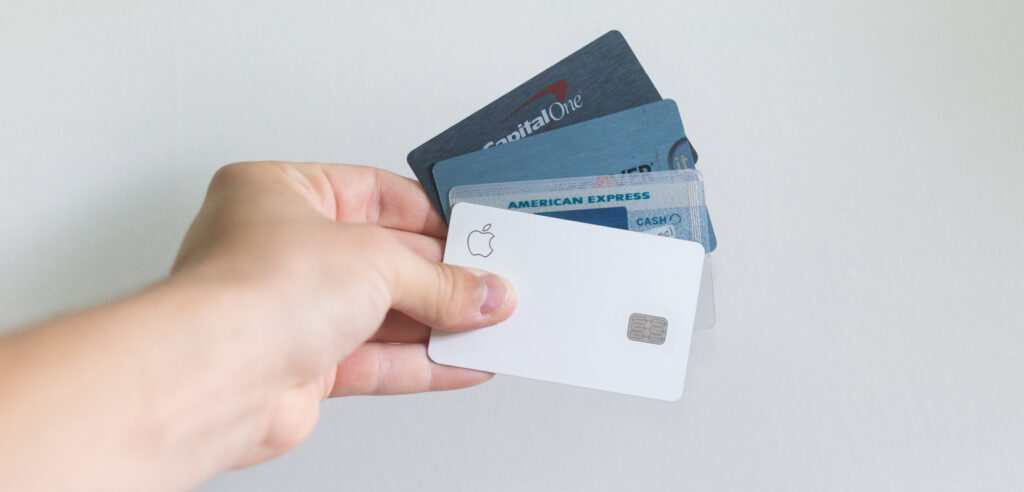
Unless they’re costing you a lot of money (e.g., in annual fees), it’s good to keep your credit cards open, even if you’re not using them very much. Open credit cards lower your credit utilization rate (by increasing your total available credit) and generally round out your credit report.
If you have credit card accounts that you want to maintain but not use, it’s fine to stash them in a drawer and not make purchases with them. However, don’t forget about them completely. Sometimes, when a credit card becomes completely inactive, the card issuer will decide it isn’t worth keeping open and will forcibly close it for you.
Russell Nelson, Manager of Credit Cards, Acquisition at Navy Federal Credit Union, told us that “Typically, card issuers will consider closing your account after a year or more of not using your card.” To keep your accounts open, he recommends using each one to make a small purchase every few months and paying that purchase off quickly.
Other tips for using a credit card responsibly
The best way to use your credit card responsibly is to understand its terms and pay it off on time each month. However, there are some other tips and tricks you can employ for optimal credit card usage.
Set up autopay
The number one rule of responsible credit card borrowing is to never miss a single monthly payment. Missed payments lead to penalty fees, increases in your APR, and sharp drops in your credit score.
To avoid this, set up autopay on your credit card account so your payment is always on time.
If your credit card issuer doesn’t allow you to set up autopay directly through your card account, you can do it through your bank. The downside there is that your bill will fluctuate each month, so you’ll have to set it to an amount that’s likely to exceed your minimum monthly payment.
Take advantage of free credit score services
Many credit card issuers offer free credit scores and other credit-monitoring resources to account holders. If you’re trying to build credit or improve your score, it’s important to track your progress.
Check if your credit card issuer offers any such services and review your score frequently.
Sign up for rewards programs
One of the major benefits of credit cards is the potential for cashback rewards. However, many borrowers don’t take full advantage of their rewards programs (or even realize they exist). If you know you have a rewards card, get the most out of it by thoroughly reviewing the rewards system.
For example, lots of cards offer rotating category rewards, meaning the rewards rate changes based on what you’re buying, and different categories earn rewards at different rates throughout the year. Keep on top of these categories and timelines so you’re always making the most of your credit card.
Some cards have “hidden” rewards programs that you have to sign up for. It’s possible your card will offer this even if you don’t think you have a rewards credit card.
For example, programs like Capital One Shopping allow any Capital One cardholder to sign up. You can then scout around for deals through their program to get discounts and rewards on your credit card purchases.
Avoid cash advances
While you can get cash from your credit card through a cash advance, this usually isn’t a great way to use your card. Cash advances are expensive. They come with multiple fees and high APRs and don’t have an interest-free grace period like purchases do.
Cash advances are an easy way to get cash in a pinch, but we recommend avoiding them unless it’s a true emergency.
Protect yourself from fraud
Your credit card won’t be of any use to you if it’s lost or stolen, so make account safety a priority. Take the following steps to keep your credit card safe and secure:
- Sign up for account alerts, so you know about potentially fraudulent activity immediately.
- Keep your card in a safe place in your wallet, bag, or pocket. Don’t allow it to get scratched up or bent, as that may make it not work when swiped or scanned.
- Use virtual credit card numbers if your issuer offers this perk. Virtual card numbers are unique credit card numbers that you can enter when you make credit card purchases online to prevent digital scammers from stealing your card’s information.
- Report lost or stolen cards right away.
